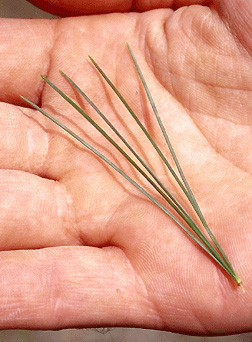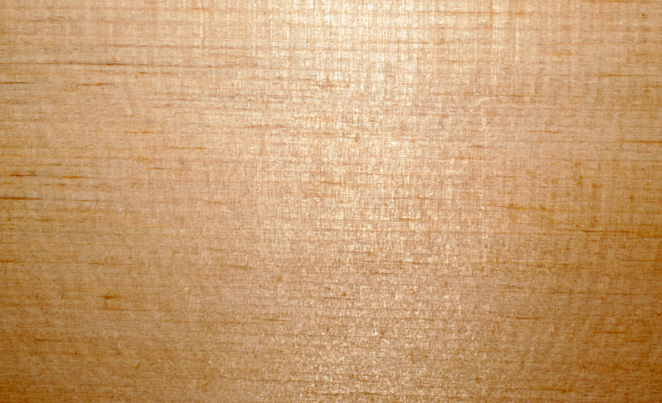


Western white pine is an important timber species found on a wide variety of sites throughout the western U.S. and Canada. Western white pine wood is light, straight-grained, and nonresinous which makes is desirable for many purposes. Needles are 2 to 4 inches long, and occur in bundles of 5.
Light ![]()
Clearcut and seed-tree methods will provide the greatest western white pine regeneration.
Water
![]()
![]()
![]()
![]()
![]()
![]()
Grows best on moist, well-drained soils at mid-elevations, both in pure and mixed stands.
Growth
![]()
Size
![]()
Tall, straight, evergreen conifer growing to 180 feet tall and 4 feet in diameter with an open crown, long up-raised branches near the top (horizontal lower down); bole commonly free of branches for half its length.
Timber Value ![]()
Western white pine is used for moldings, trim, sashes, frames, doors, interior paneling, construction lumber, carving, matchwood, toothpicks.
Wildlife Value ![]()
Western white pine seeds are an important food for red squirrels and deer mice.
Attracts deer mice, red squirrels, elk, deer, blue grouse
Fun Facts
Attacked by white pine blister rust. Best stands occur in northern Idaho. Western white pine has excellent wood properties and is used for a variety of products.
Latin Meaning
Pinus: Latin name for pine from Greek "pitus" /
monticola: growing on mountains
Home - I.D. Fact Sheet - USDA Silvics Manual - Additional Silvics
Landowner Factsheets © 2004 Virginia Tech Forestry Department, all rights reserved. Text, images, and programming by: Dr. Jeff Kirwan, Dr. John R. Seiler, John A. Peterson, Edward C. Jensen, Guy Phillips, or Andrew S. Meeks.